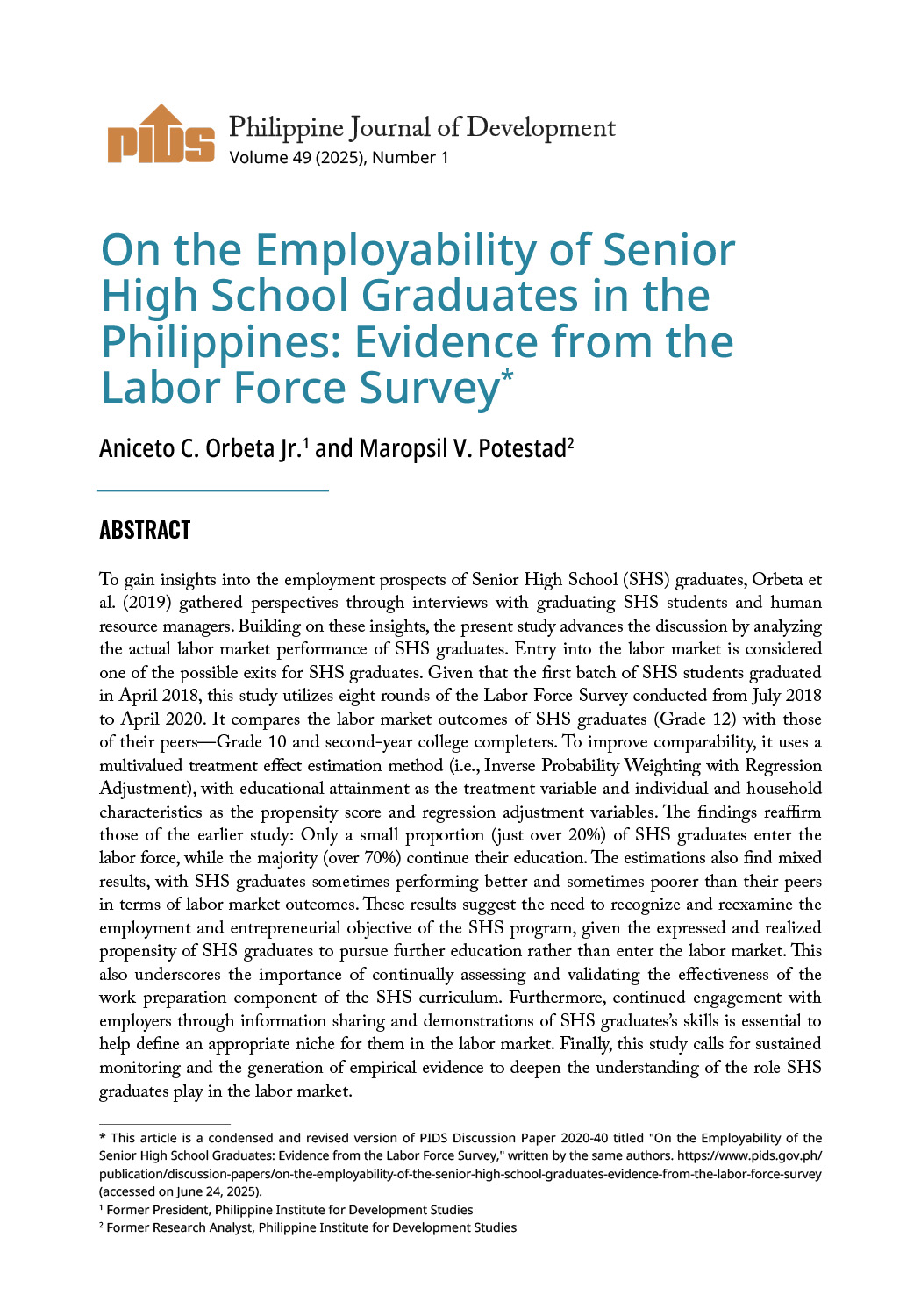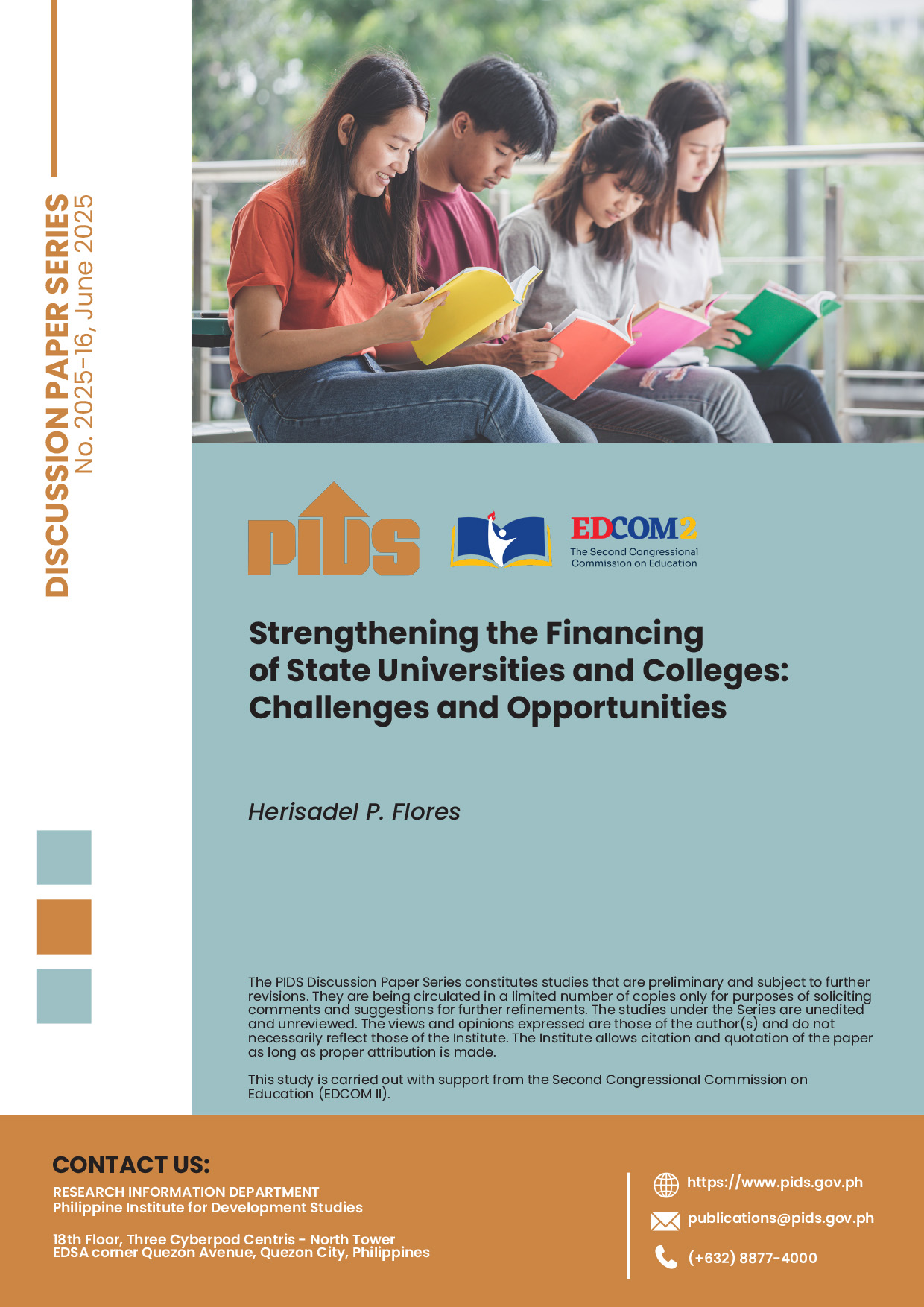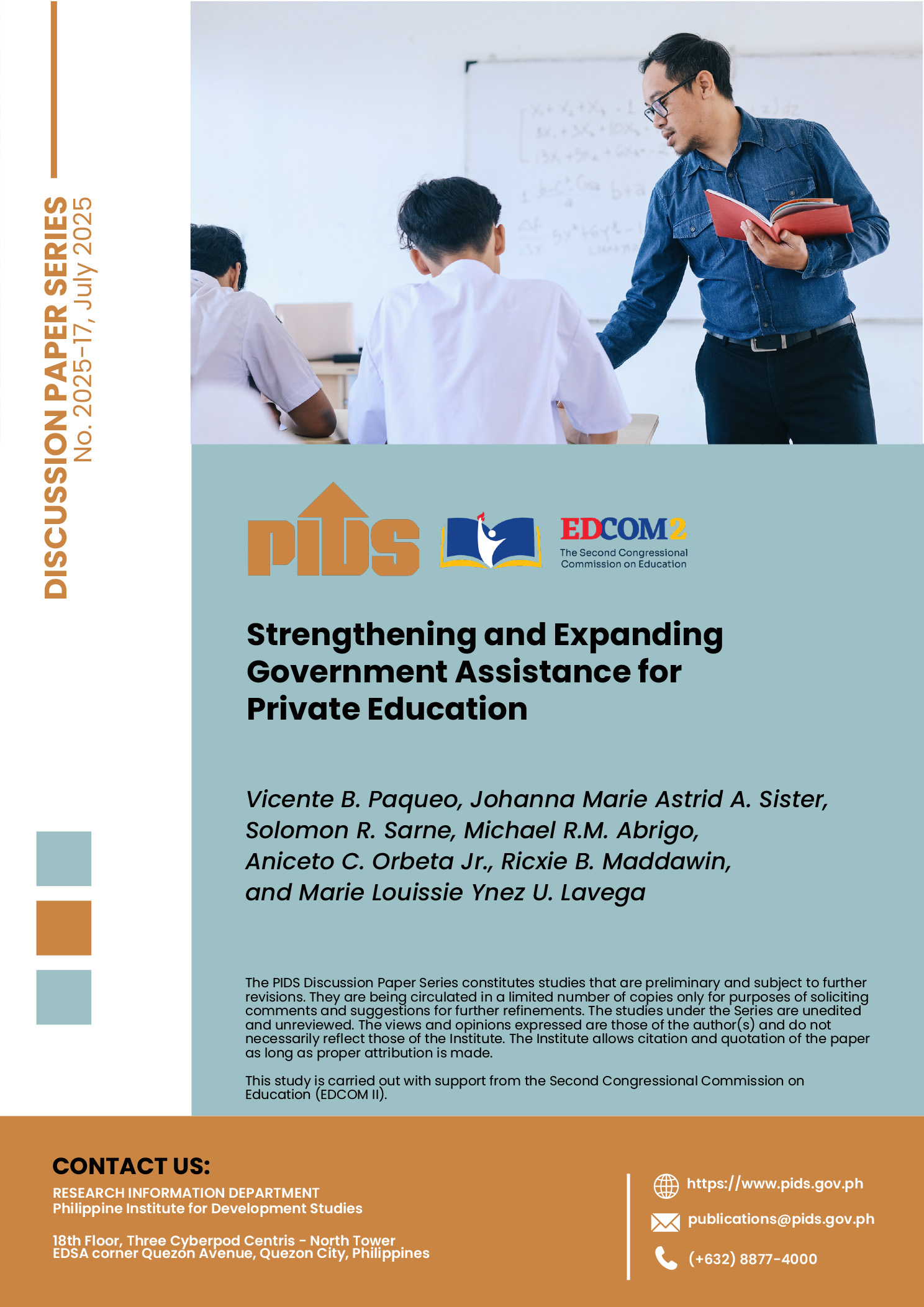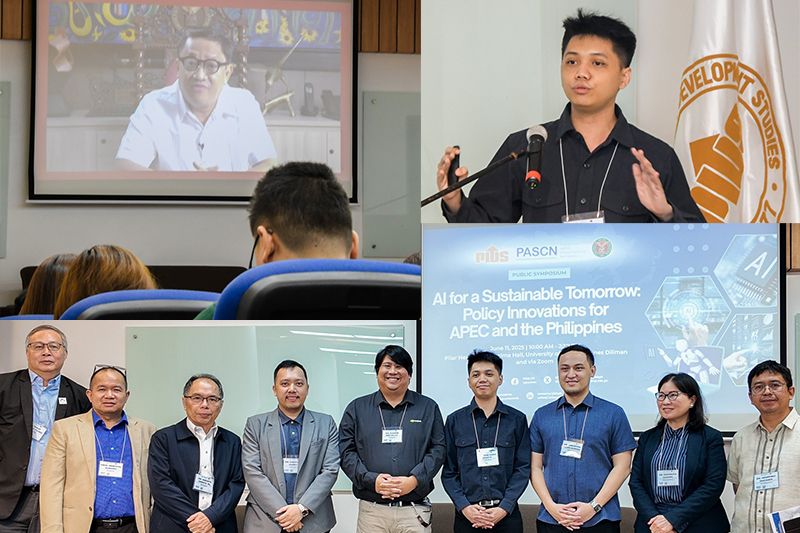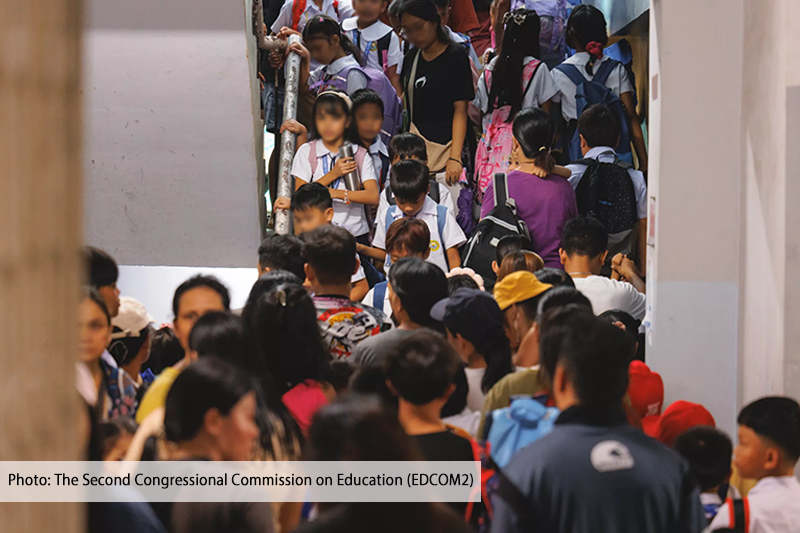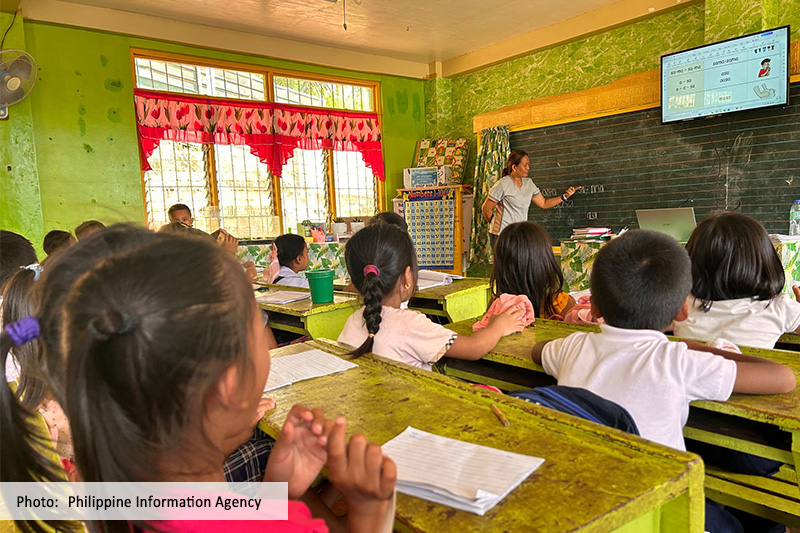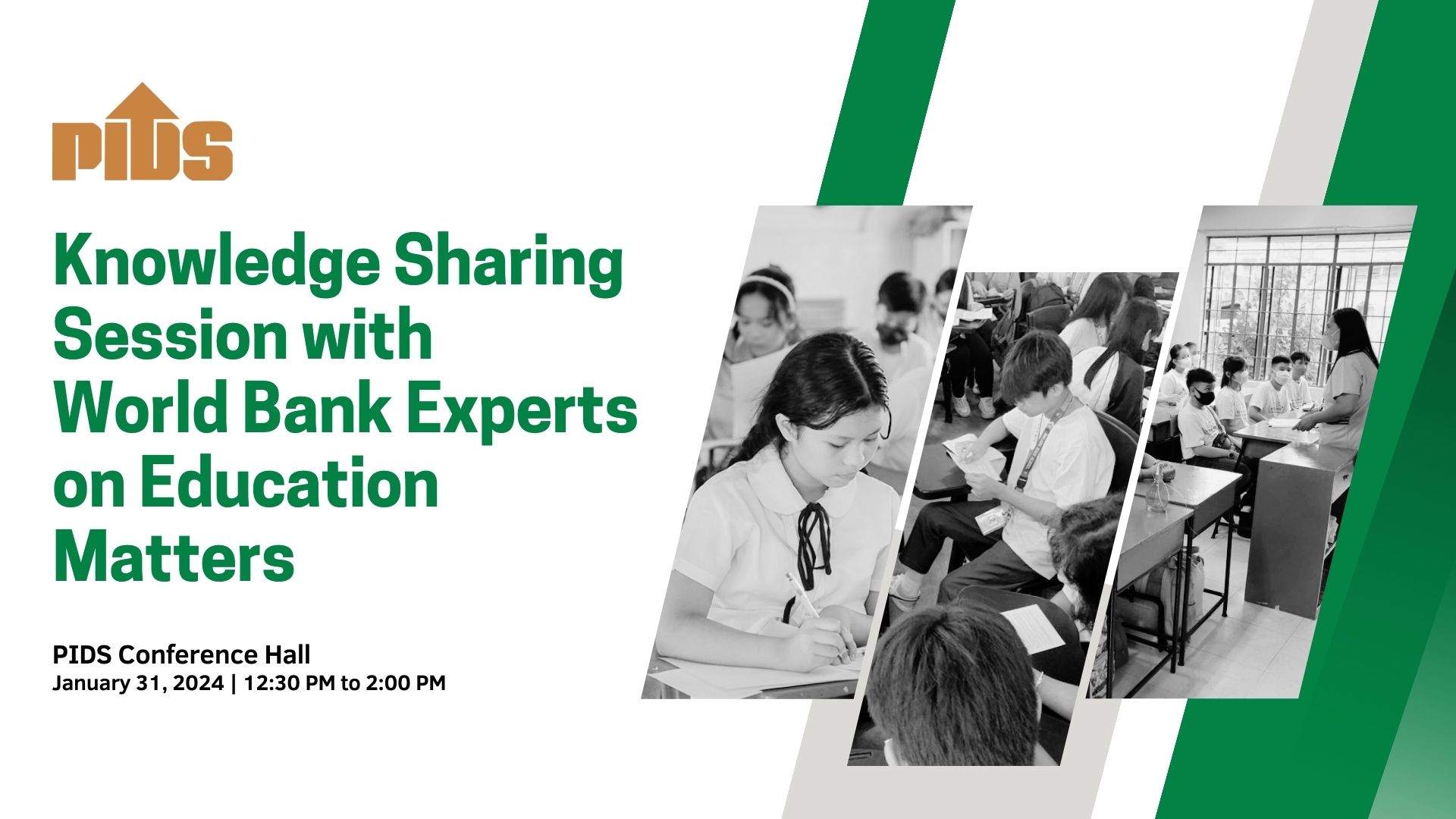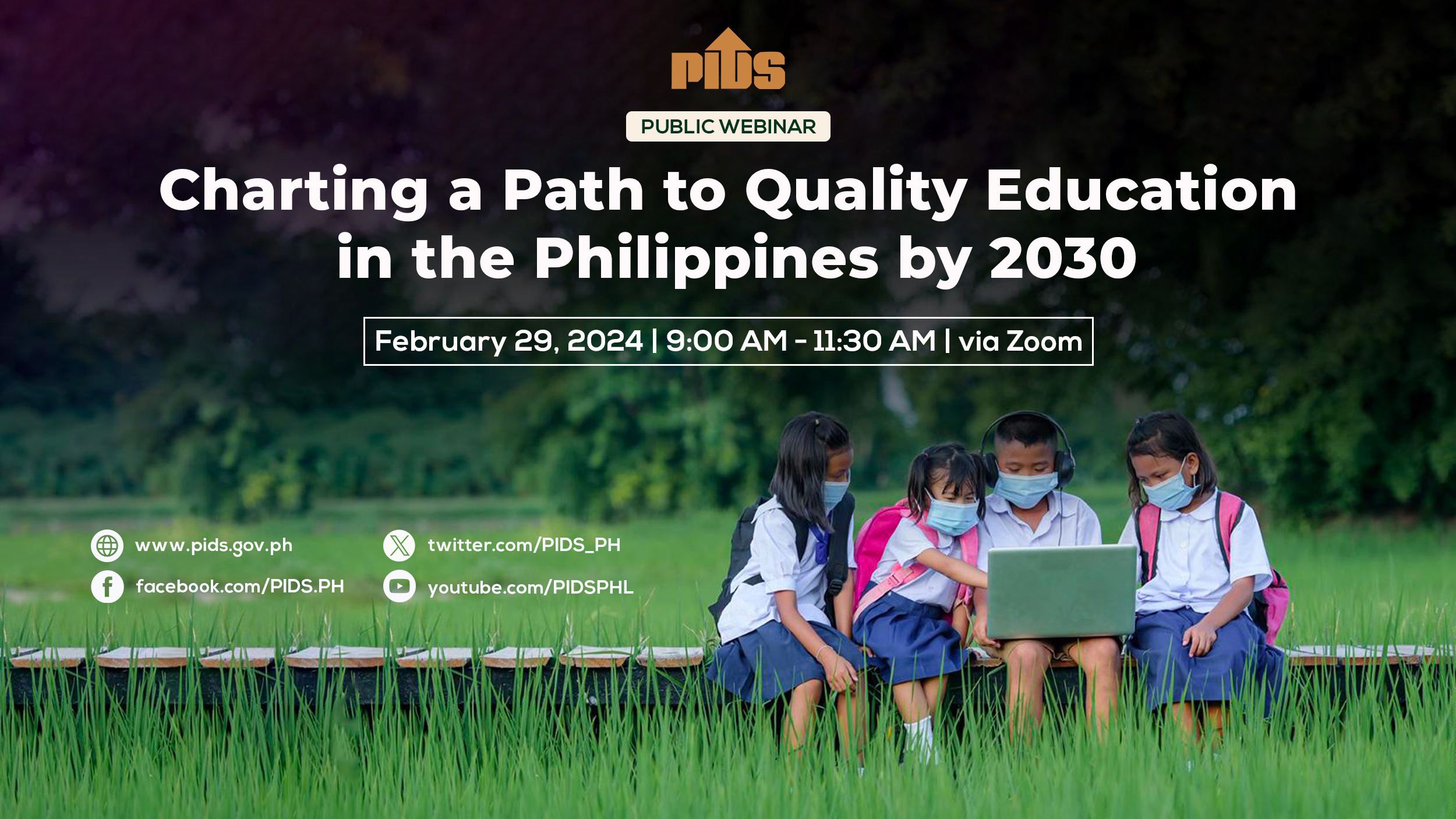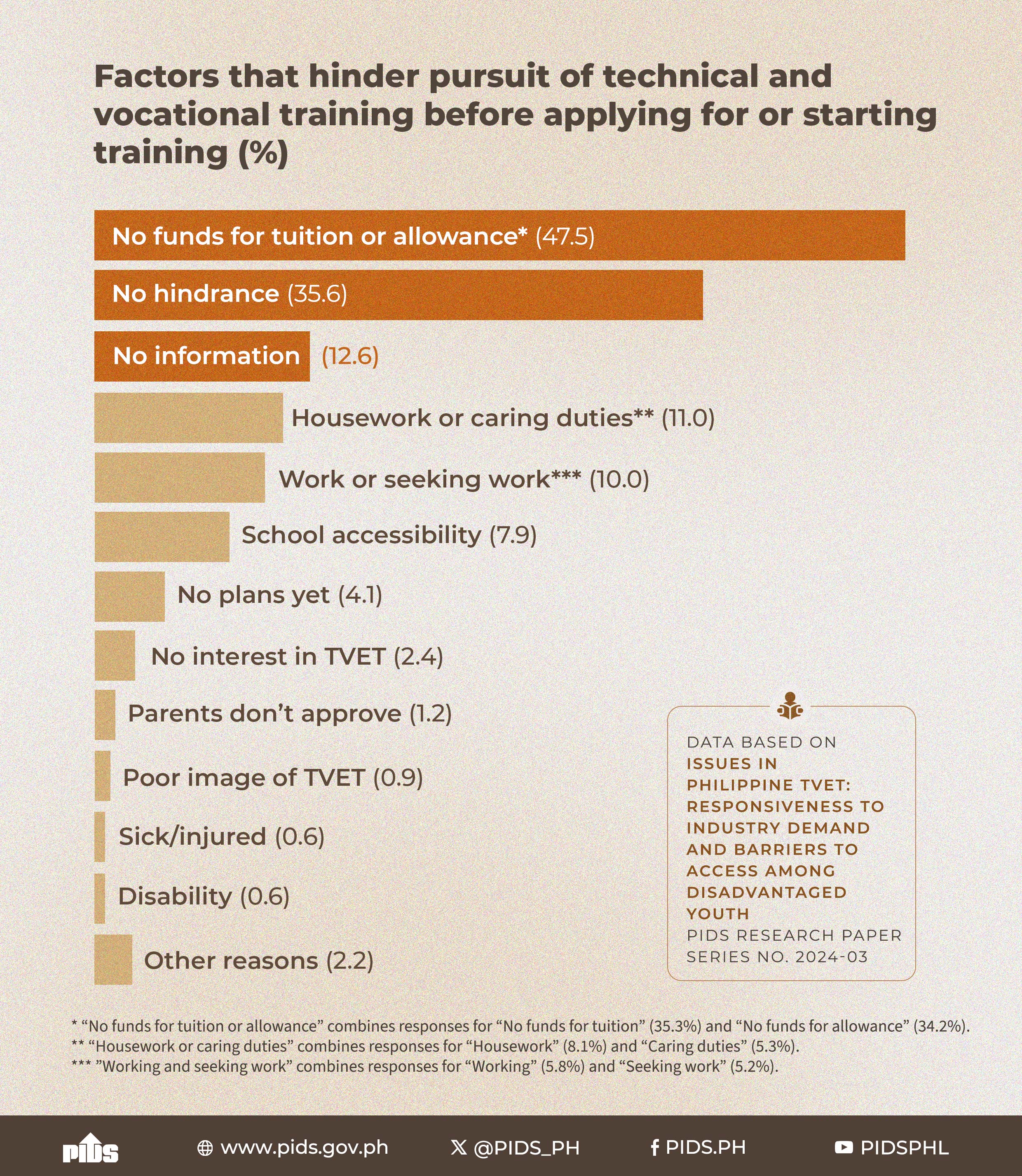Like many, I have been monitoring progress in our educational system over the past few decades. And, while there had been considerable reforms that had been undertaken to address policy gaps and program needs, there are deficits in the system which had not yet been adequately addressed due to either lack of financial support by government or benign neglect in program implementation.
If we examine the history of implementation, we will discover that there had been sufficient policy reforms in the form of commissions or research studies that had pointed out areas for policy and action. I had documented in an earlier column some of the major commissions or policy groups that have come out with specific recommendations, among them, the Monroe Commission which came out with a survey of education in the country in 1925.
This was followed by the Presidential Commission for Education in 1969; the Prosser Survey of 1990 which examined vocational education, secondary education with focus on education for the agriculture, industry, and commerce; the Educational Commission or EDCOM 1 in 1990; the Third Elementary Education or TEEP in 2013 which expanded study into all levels of education through the K-12 program; the UNESCO Education for All (EFA) program in 2015; Assessing Basic Education Service Delivery, a World Bank study in 2016, Educational Commission (EDCOM 2) in 2019 which focused on a critical need – 21st century skills, redefined the interplay of languages, as well as recommended strategies on how to address some of the failures in the present educational system.
Then there is the Philippine Institute for Development Studies (PIDS) which published a study in 2022 that assessed the adequacy of school infrastructure in basic education, benchmarking them against developmental targets and other countries’ performance.
Yet, problems continue to persist. In fact, though the 1987 Constitution mandates that education be given the highest priority in the budget, the system continues to face mounting challenges. It continues to face deficits not only in budgetary allocation but in the lack of basic support services — lack of classrooms, basic technologies, enough trained teachers, and recently, as the EDCOM 2 survey had shown, inadequate governance in the sense that 24,916 schools do not have principals.
Educational disparities exist between schools in the more developed center and those in the periphery.
A state of digital divide still exist, and learning strategies need to be restructured. Will discuss this in subsequent columns as this problem requires an overhaul of our too structured learning process to what will be needed to produce the human resources that would be able to respond and compete in our present global society.

